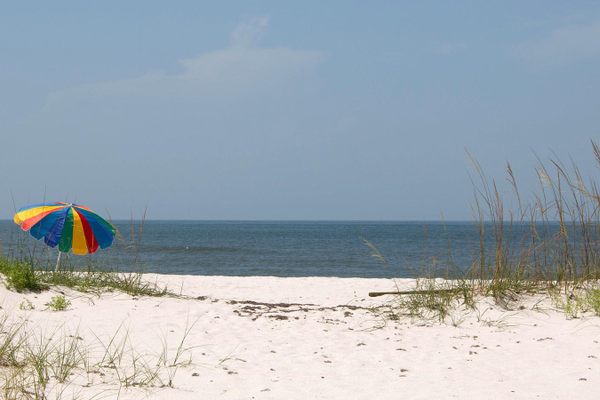About
Surrounded by coconut palms and cacao trees, today these lush grounds in the tiny South Pacific nation of Vanuatu (which is made up of 83 small islands) are eerily quiet. But once upon a time, they were the religious grounds of the Amelbati tribe, who practiced cannibalism.
The Vanuatu islands first had contact with Europeans in 1606, but Malekula was isolated and little visited by Europeans until well into the 20th century. As a result, the island's Indigenous traditions were better preserved there than elsewhere in Vanuatu.
This site of former cannibal ceremonies is a 30-minute uphill trek from Walarano village on Malekula. Called a nasara, this sacred ground is also where the Amelbati tribe buried their chiefs. The Amelbati are a subset of the Small Nambas clan. A namba is a woven penis sheath traditionally worn by adult males in Vanuatu. The size of the leaf used in the sheaths differentiates Malekula’s population into two distinct groups comprised of many tribes: the Big Nambas and the Small Nambas.
The nasara formed the epicenter of the community. Here the tribe performed all their important ceremonies and rituals. The nasara is roughly broken into four “rooms:” the ceremonial performance space, the courtroom where judges determined captives’ fates, the kitchen where human flesh was cooked, and the cemetery of past chiefs, which includes their memorial stones, skulls, bones, and conch shell trumpets. The site was abandoned when the population moved to the nearby islands of Rano and Wala.
According to one Vanuatu man, the process of making human flesh edible was time tested and precise:
First, our ancestors would dig a hole in the ground like this. They'd put hot stones in the hole, then cut up the person into pieces and put those on top. They'd add in some yams and taro, put in some more hot rocks, and cover it all over with banana leaves to keep the steam in. Standard baking time for the underground oven was three to five hours. And the chief of the village always got to eat the victim's head. We'd kill and eat people who stole our women or came to fight us, but we don't do that anymore. We feel very sorry for those people now.
The last reported cannibalism on Malekula Island took place in 1969. Today, the people who live in this isolated paradise are decidedly friendly and hospitable to tourists.
Related Tags
Published
February 3, 2016
Sources
- http://glopoi.com/vanuatu/places/amelbati-cannibal-site-chiefs-grave-tour-tour-operator-malampa
- http://www.petitfute.com/v71213-mallicolo/c1173-visites-points-d-interet/c1157-visites-guidees/1546042-amelbati-cannibal-site-tour.html
- http://vanuatutravel.info/
- http://www.malekula.travel/amelbati-cannibal-site-tour-at-rano.html
- https://www.vanuatu.travel/en/amelbati-cannibal-site-tour
- https://barefoot-backpacker.com/nambas-cannibals/
- https://nomadictribe.com/tribes/the-nambas-big-small





















